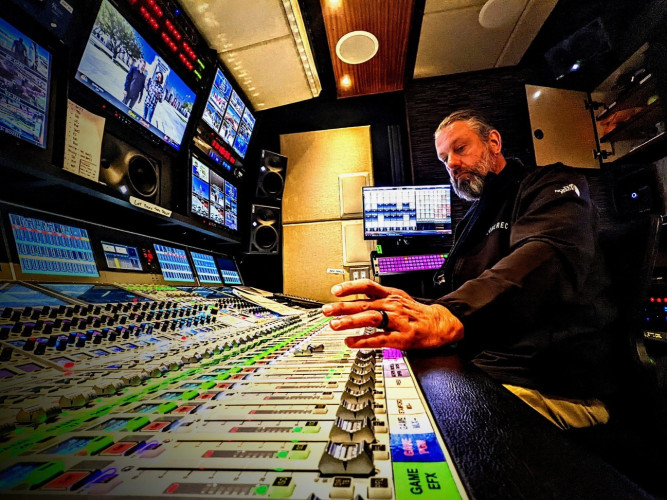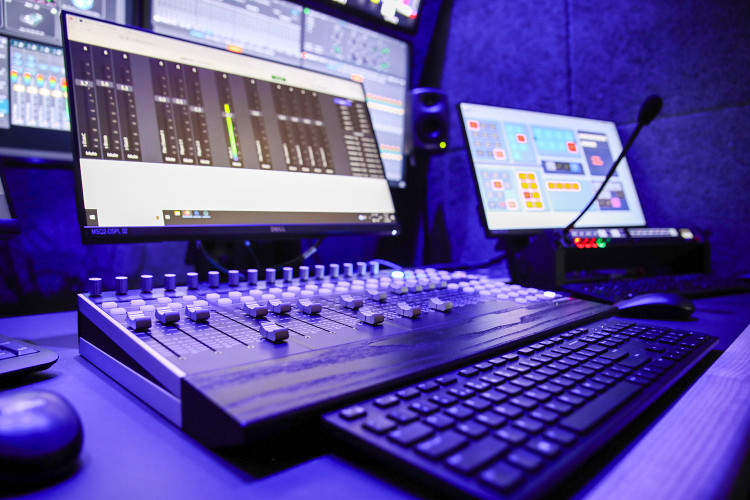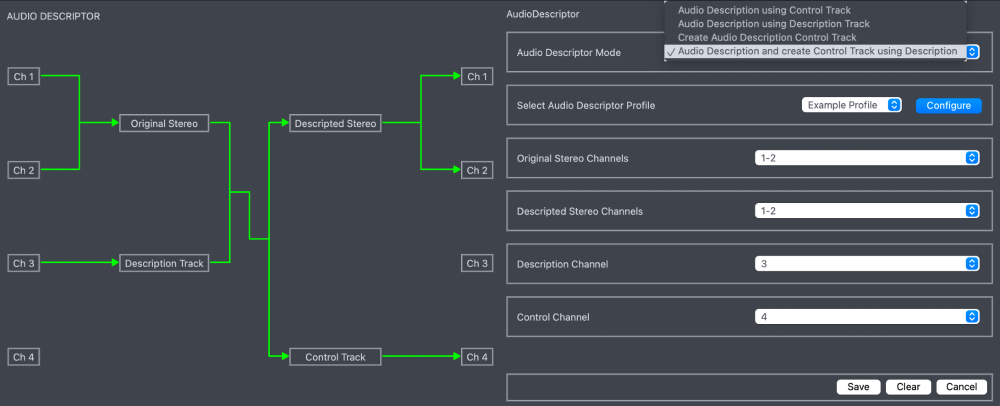Top Tips Audio Monitoring Systems for On-Location Monitoring
Author: Dennis Lennie
Published 1st January 2010
1) Audio monitoring systems for on-location monitoring need to be able to handle all formats. This flexibility is crucial for all field applications, in which broadcasters frequently must accommodate a variety of formats, and not always those they anticipated. Formats supported by the audio monitoring system should include 3G/HD/SD-SDI, AES, and analog inputs/outputs.
2) The audio monitoring system should be designed to occupy industry-standard 1U or 2U dimensions. While this is important in facility design, it is particularly essential if the broadcaster is building a very tight flight pack for field use. All of the components must fit together like pieces in a puzzle.
3) Industry-standard connectors, such as XLR, BNC, DB, and Phoenix-style connectors with universal pin-outs, can prevent serious problems during on-location monitoring. There is nothing worse than losing a manufacturer-proprietary connector miles from home. Use of common connectors ensures straightforward connector replacement and allows the broadcaster to carry a smaller supply of spares.
4) The audio monitoring system should incorporate a hi-fidelity amp/speaker system and a muting headphone output plug. Quality and performance are just as important in the field as in the studio, and broadcasters needn’t compromise.
5) Audio meters that can be calibrated easily in the field give the broadcaster valuable flexibility. Gain settings, as well as choices of PPM and VU, allow the user to get the most out of the monitoring system in any given application.
6) Phase metering is an essential feature in systems used for on-location monitoring. While the meters and speakers can give operators the impression that all is fine, it is the final test of phase metering that ensures that the audio channels will in fact be heard.



































